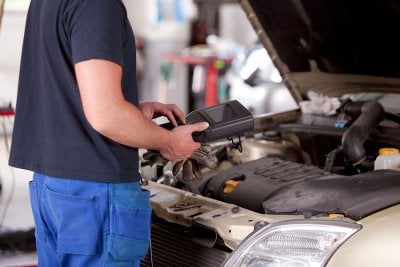One of the last things any driver wants to deal with is transmission trouble. However, the longer you put off addressing the problem, the worse things will get. Transmission problems only get worse over time, which means the best thing you can do for your wallet (and your sanity) is to take action as soon as you notice the sign of trouble. Whether it’s a strange new sound, an unusual vibration, or noticeable performance issues like gear slippage, the sooner you take action the better. Here are some things you should do in the event that you experience trouble with your transmission and suspect something is wrong. 
Note All of the Symptoms You Experience
There are a large number of issues that can affect your transmission. Although it can be hard to diagnose exactly what’s wrong with your transmission without special diagnostic tools, you can get closer to solving the mystery if you carefully note all of the symptoms you are experiencing. For example, perhaps you notice a strange whirring or grinding noise in addition to slipping gears or gear shifts at higher or lower RPMs than normal. In any case, bringing this information to a transmission specialist will help him diagnose the problem faster to get you back on the road ASAP.
Check the Transmission Fluid
It may seem obvious, but one of the most common causes of transmission trouble (and one of the easiest to diagnose) is low transmission fluid. If the symptoms you are experiencing are not very serious, go ahead and check the transmission fluid to make sure low fluid is not the issue. If the transmission fluid is low, or even very dirty, bring your car to a transmission repair shop for service, which includes a full transmission flush.
Schedule a Transmission Inspection
If you want to solve your transmissions problems quickly with minimal headache, schedule an inspection at your local transmission repair shop in Silver Spring, MD. Transmission specialists will use advanced diagnostic tools to pin point exactly what is causing the transmission problems you are experiencing so you can get your car back to normal as quickly as possible.

